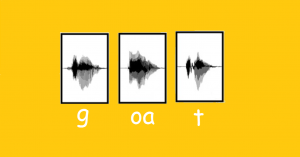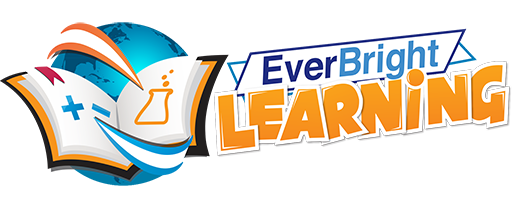
For most children reading fluency develops by itself as they read. The more they read the more fluent they become. After reading a word enough times they are able to read it instantly without thinking or sounding it out.
However if you have concerns about your child’s reading fluency there are some things you can do to improve it.
Reading a passage multiple times improves fluency. Research has found that three times is a good number of times to read a passage. Fluency Builder (https://dyslexiagold.co.uk/FluencyBuilder) asks your child to read a passage twice on one day, and then twice the next day. The second reading each day is timed, and the child can see on the second day how much they’ve improved since the first day.
I also like the hi-lo series of comprehension books which have really nice reading passages designed for older children with lower reading ages. These passages are perfect for reading three times.
There’s a very clever book called “Reading Pathways” which contains longer and longer sentences to improve fluency. For example, sentences build up like this:
Jan’s fat
Jan’s fat cat
Jan’s fat cat Max.
Jan’s fat cat Max sat.
Another excellent book is “Stride Ahead”. It is designed for older children with a reading age of at least 8, who aren’t yet fluent. It contains words and passages which need to be read until you can read them in a certain time. Each lesson focuses on a different letter pattern. I recommend this book for children of at least 10, as the reading passages are quite complicated.

If your child can’t read passages yet you should practice reading lists of words. Time how long it takes to read a list of words, and then keep repeating the same list till their time comes down and your child can read all the words fluently. Precision teaching is one technique to do this.
However if your child’s fluency is very far behind where you’d expect, and reading doesn’t seem to improve their fluency you should suspect there is a problem.
Phonological awareness problems, which are problems hearing individual words in sounds, makes it hard for children to read fluently. Reading involves mapping letters to sounds, and if you have a problem hearing sounds then reading is hard. Children who have poor phonological awareness at 5 are most likely to be poor readers at 12, unless they do extra work on their phonological awareness.
You can easily do a dyslexia test like this one https://dyslexiagold.co.uk/DyslexiaScreeningTest online to find out if your child has a phonological awareness problem. And you can very easily do activities to improve their phonological awareness once you’ve identified that that is the problem.

